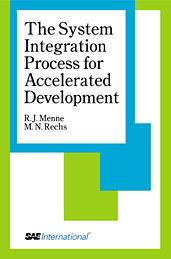Technical Paper
Optimized Layout of Gasoline Engines for Hybrid Powertrains
2008-01-09
2008-28-0024
Due to the complex powertrain layout in hybrid vehicles, different configurations concerning internal combustion engine, electric motor and transmission can be combined - as is demonstrated by currently produced hybrid vehicles ([1], [2]). At the Institute for Combustion Engines (VKA) at RWTH Aachen University a combination of simulation, Design of Experiments (DoE) and numerical optimization methods was used to optimize the combustion engine, the powertrain configuration and the operation strategy in hybrid powertrains. A parametric description allows a variation of the main hybrid parameters. Parallel as well as power-split hybrid powertrain configurations were optimized with regard to minimum fuel consumption in the New European Driving Cycle (NEDC). Besides the definition of the optimum configuration for engine, powertrain and operation strategy this approach offers the possibility to predict the fuel consumption for any modifications of the hybrid powertrains.

